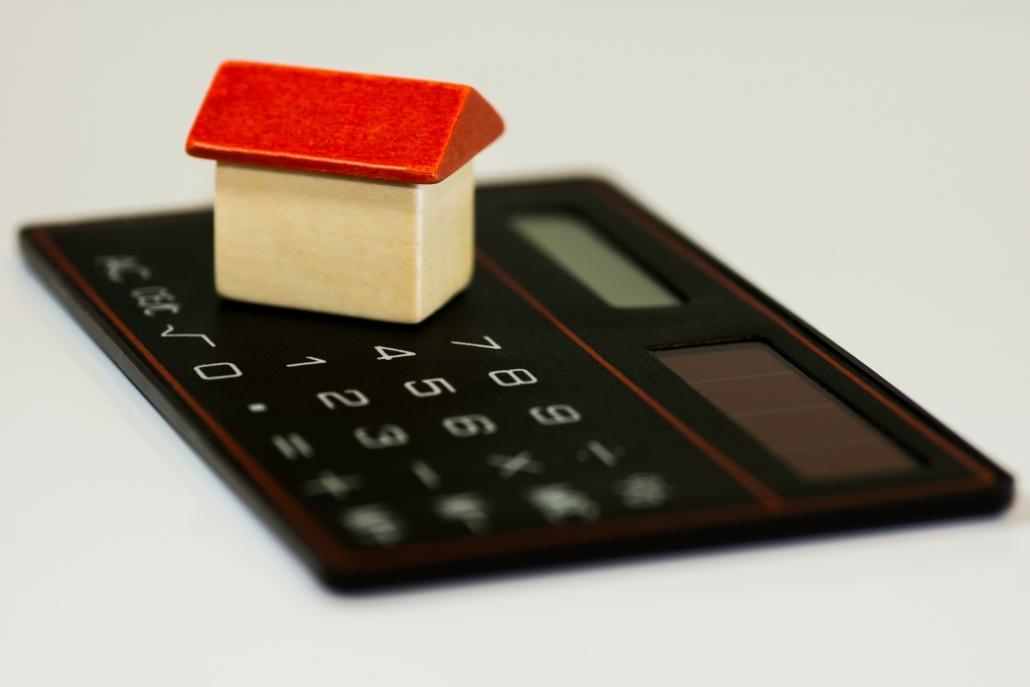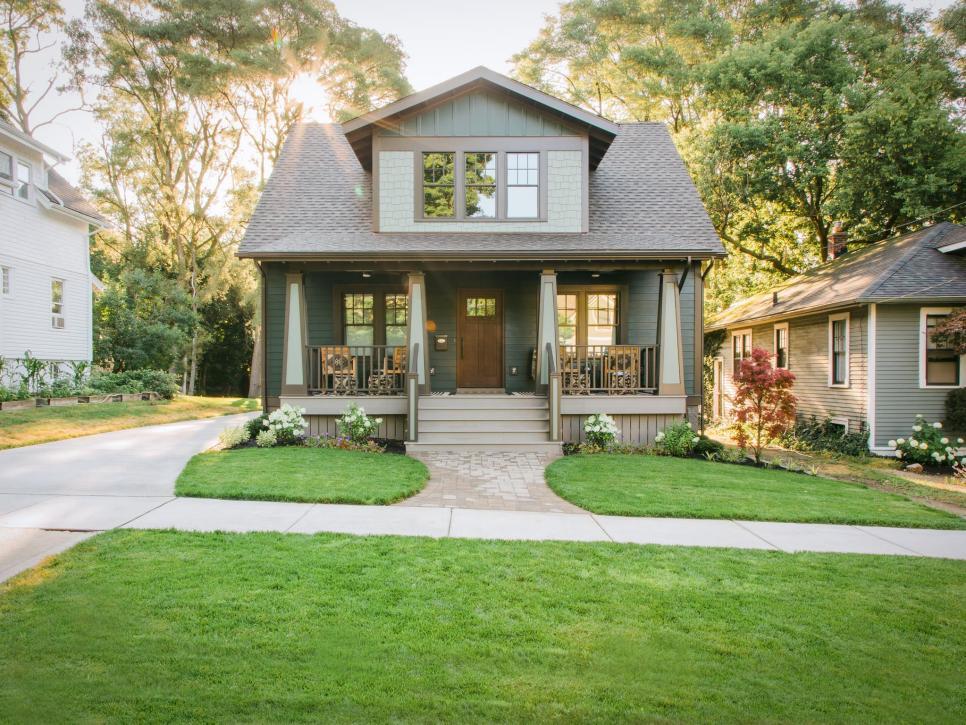BCREA 2022 Second Quarter Housing Forecast
MLS® residential sales in the province are forecast to decline 22% from a record high 2021 to 97,240 units this year. In 2023, MLS® residential sales are forecast to fall an additional 12.4% to 85,150 units.

“After a strong first quarter, BC markets are now adjusting to a much different interest rate environment,” said BCREA Chief Economist Brendon Ogmundson. “With mortgage rates surpassing 4 per cent for the first time in over a decade, the housing market over the next two years may have very little resemblance to the housing market of the past year.”
On the supply side, we have begun to see active listings move from record lows and re-sale inventories trend back toward balance. However, because inventories reached such low levels over the past year, the journey back to balance may take up to a year or more in some areas.
THOMPSON-OKANAGAN
Housing market activity in the Thompson-Okanagan region has moderated from the elevated highs of spring 2021 and home sales are currently trending somewhat above longrun average levels. We expect further moderation in the remainder of 2022 and into 2023. A major theme observed during the pandemic has been the relocation of buyers into less densely populated areas of the province. That trend is evident in how demand has evolved over the past year in the Interior. We are forecasting that MLS® home sales will decline 19% to 11,500 in 2022 and by another 14.8% to 8,800 in 2023. This brings sales back to more historically normal levels for the region.
While sales are moderating, demand remains strong in the region due to migration. According to Statistics Canada, from 2016 to 2021 Kelowna was the fastest-growing Census Metropolitan Area (CMA) in Canada, growing by 14% over the period. The broader Thompson Okanagan region is currently growing at about 1.6% per year, hitting 620,000 in 2021 and adding roughly 10,000 new residents annually. As a result of this demand, inventory of homes for sale in the Interior continues to sit near all-time lows in both the Okanagan and Kamloops. Despite these stark figures, there are some signs of easing. Although the sales-to active listings ratio in Kamloops and the Okanagan is also at the lowest level since early 2021, it is still very firmly in seller’s territory. Consequently, even with sales moderating back ton long-run trends, market conditions in the region are historically tight.
As a result, MLS® average prices are forecast to be up for 2022 and to a lesser extent in 2023. With strong economic growth and high inflation, the central bank is raising rates quickly, which is dampening demand. Nevertheless, prices continue to rise in the Thompson Okanagan. Given current trends, we are forecasting the MLS® average price will rise 21% in the Interior, before slowing to a growth rate of 1.6% apiece in 2023.
Source: BCREA


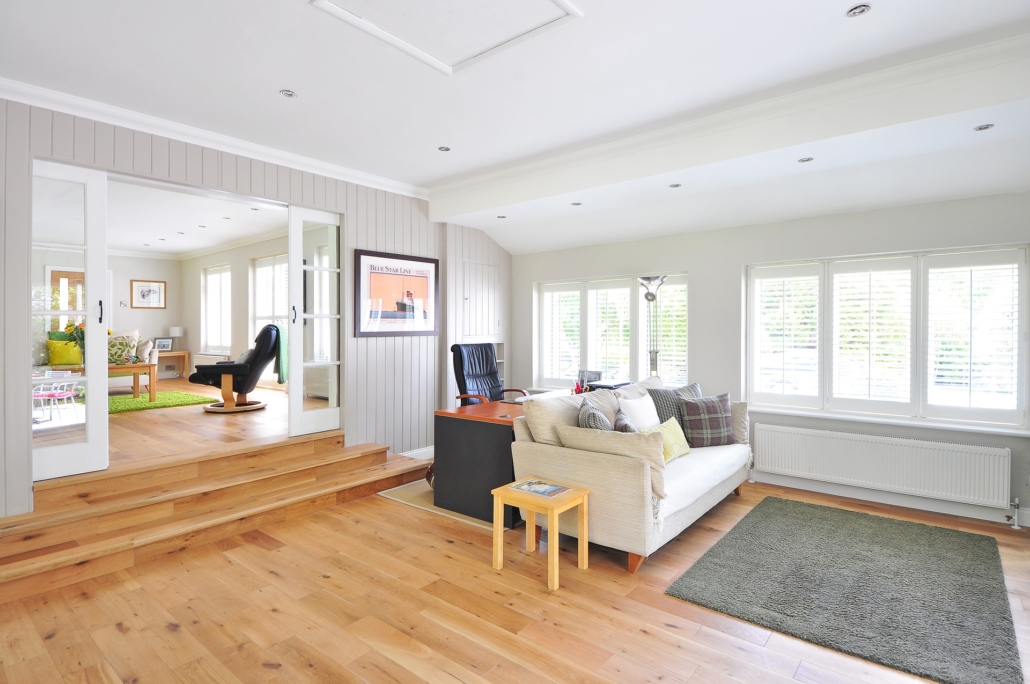


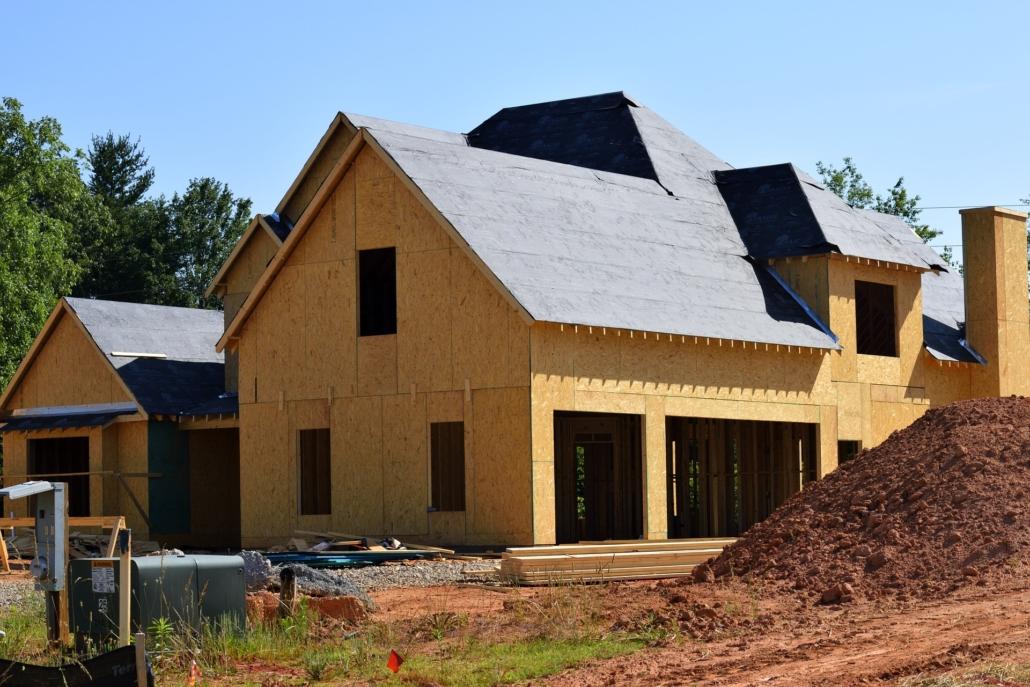
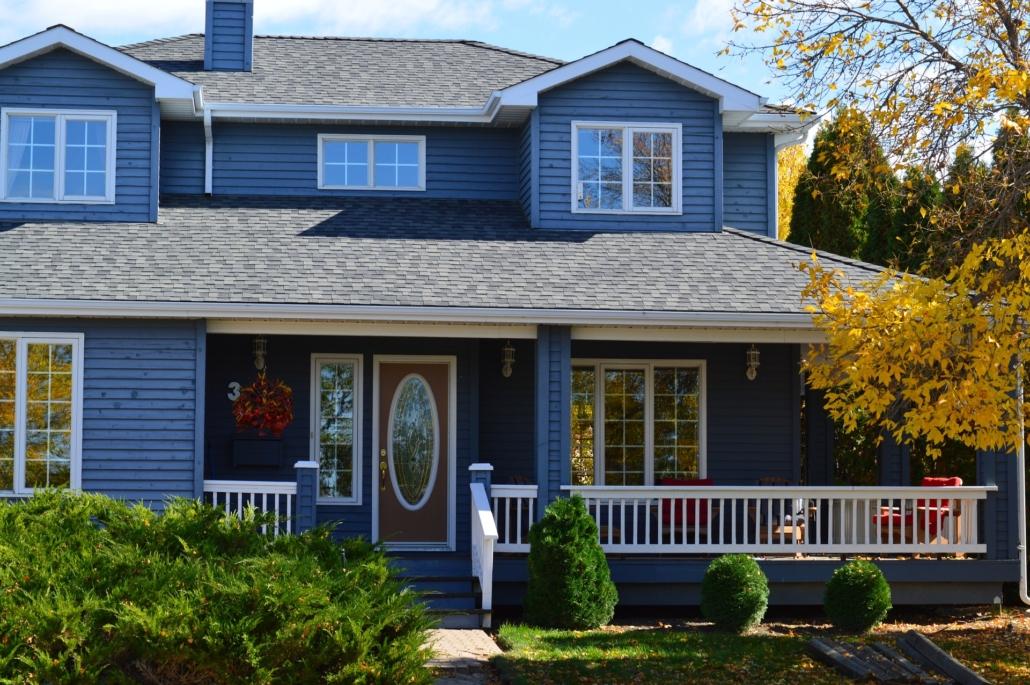
 How do you prevent that from happening? Here are some safety tips:
How do you prevent that from happening? Here are some safety tips: